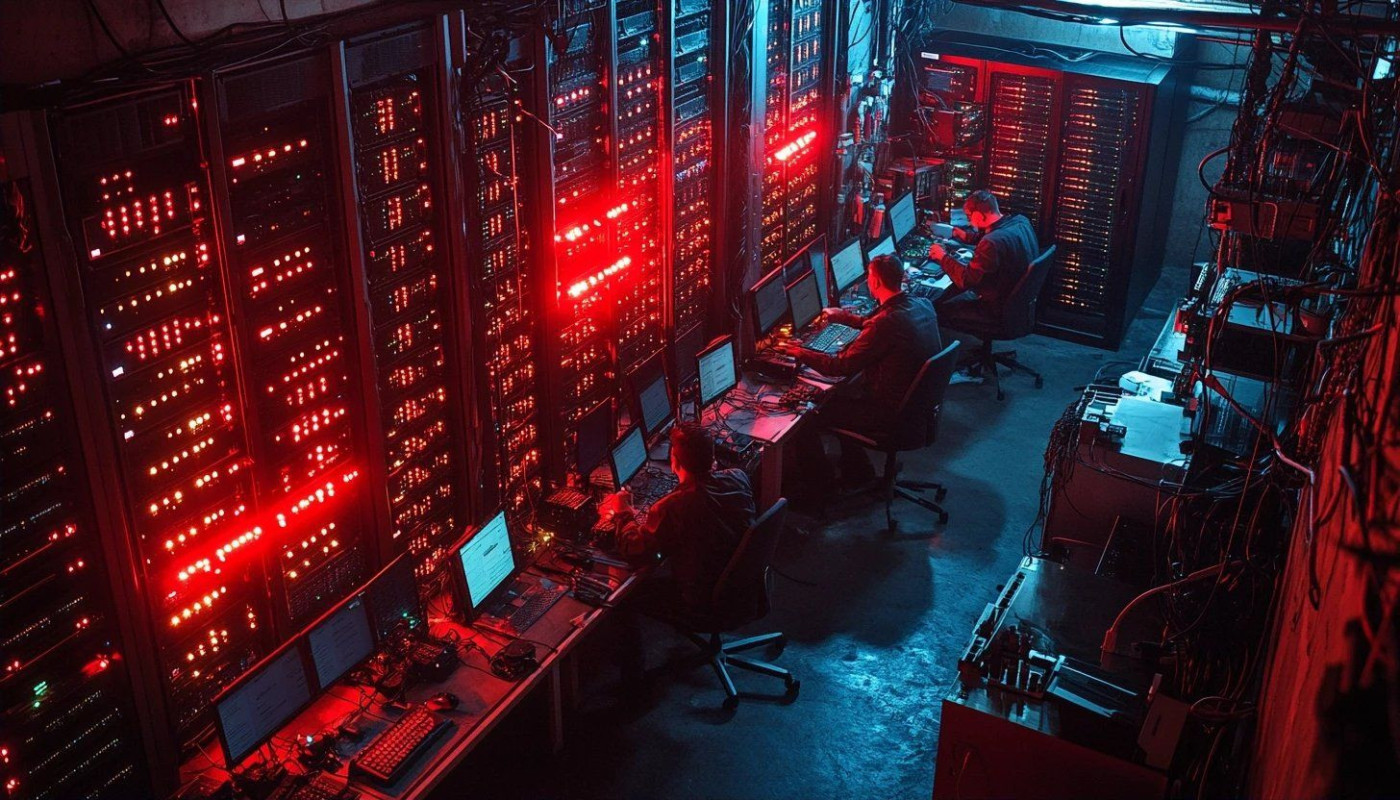Table of contents
Dive into the rapidly evolving world of AI-driven image creation, where technology transforms the way visuals are conceived and produced. This fascinating subject unveils how algorithms can generate stunning artwork, realistic photographs, and even imaginative compositions beyond human capability. Discover what sets this innovation apart and why exploring its potential is a journey worth taking—each paragraph ahead reveals a new layer to the limitless frontier of AI-powered creativity.
The science behind AI art
At the heart of AI-driven image generation lies a sophisticated blend of neural networks, creative algorithms, and advanced machine learning frameworks. AI art is produced by training these systems on enormous datasets, often comprising millions of images, enabling them to learn visual patterns, artistic styles, and complex relationships between shapes and colors. This learning process involves the exploration of latent space—a multidimensional map where the AI encodes abstract representations of visual features. The most prevalent approaches include generative adversarial networks (GANs) and diffusion models. GANs employ a game-like framework in which two neural networks, a generator and a discriminator, compete: the generator crafts new images, while the discriminator evaluates their authenticity, pushing both to improve with each iteration. Diffusion models, by contrast, gradually transform random noise into coherent visuals through a step-by-step denoising process, excelling at producing highly detailed and stylistically controlled results. Both methods harness the power of machine learning and creative algorithms to expand the boundaries of image generation, opening an ever-widening realm of possibilities for AI art. For a detailed analysis of these processes, readers are encouraged to consult insights by a leading expert in artificial intelligence and computer vision, ensuring a deeper understanding of how latent space enables machines to interpret and create novel works of art.
Creative freedom unlocked
AI-driven image creation has revolutionized the world of digital art, granting artists, designers, and creators unparalleled creative freedom. Advanced AI design tools and customizable models enable users to explore artistic styles and concepts that were previously out of reach, dramatically expanding what is possible in art creation. Text-to-image interfaces let individuals transform their written ideas into stunning visuals almost instantly, making the leap from imagination to finished work smoother than ever before. At the heart of this innovation lies prompt engineering—a process where the creator carefully crafts and refines the textual instructions given to the AI, guiding it to generate precise and highly customized results. Mastery of prompt engineering allows creators to direct the AI's output, resulting in unique, personal works that push the boundaries of digital art. This synergy between human vision and machine capability marks a new era for the creative industries, where the only limit is the scope of one's imagination.
Transforming industries and workflows
AI-driven image creation stands at the forefront of industry transformation, dramatically reshaping sectors like marketing, entertainment, fashion, and architecture. Businesses now harness advanced automation pipeline solutions, embedding AI into everyday operations to accelerate workflow automation and reduce manual intervention. In marketing, AI generates contextually relevant marketing visuals at scale, allowing brands to tailor ads and campaigns to specific demographics with unprecedented efficiency, enhancing engagement and conversion rates. Fashion labels embrace AI for rapid prototyping, using generative models to visualize new clothing lines and drastically shorten the design-to-market cycle. AI architecture tools empower architects to simulate, modify, and present complex building concepts in real time, enabling collaborative and iterative design processes with clients. In entertainment, studios produce unique, high-quality content rapidly, personalizing imagery and effects to suit audience preferences. The seamless integration of AI technologies not only supports personalized content generation but also inspires creative possibilities and sets new benchmarks for innovation across industries.
Ethics and responsible innovation
AI-driven image creation introduces a complex landscape of ethical considerations, with AI ethics and responsible AI practices at the forefront. One fundamental concern is copyright: as algorithms generate new visuals, questions arise about intellectual property and ownership, particularly when models are trained on vast datasets containing copyrighted images. Image authenticity becomes another focal point, since distinguishing between real and synthesized content grows increasingly challenging, raising the risk of misinformation and deepfakes. Algorithmic bias further complicates matters, as training data may embed and perpetuate societal stereotypes, making fairness and transparency in AI development non-negotiable. In response, industry leaders and policymakers are developing emerging guidelines and transparency standards, such as mandatory disclosure of AI-generated content, audit trails, and data provenance. Human oversight remains essential, ensuring that creators, platforms, and end-users adhere to principles of fairness and accountability throughout the design and deployment of these tools. For those seeking in-depth resources, this site offers detailed exploration of transparency, bias mitigation, and responsible AI strategies tailored to modern creative workflows.
The future of visual creativity
The future of AI in visual creativity promises a period of rapid transformation, powered by evolving generative models and ever-expanding datasets. As multimodal AI emerges, these next-generation systems will process and synthesize not only images but also text, audio, and even video inputs, unlocking entirely new paradigms for creative expression. This convergence will enable artists and machines to engage in unprecedented forms of collaborative art, where human intuition and machine learning combine seamlessly. AI trends show that as access to diverse data improves, boundaries between artistic genres will continue to blur, giving rise to hybrid aesthetics and innovative art forms previously unimaginable. The future of AI-driven image creation will not only democratize the creative process but also inspire a redefinition of authorship, originality, and visual storytelling, setting the stage for a vibrant, interconnected artistic ecosystem.
Similar articles




